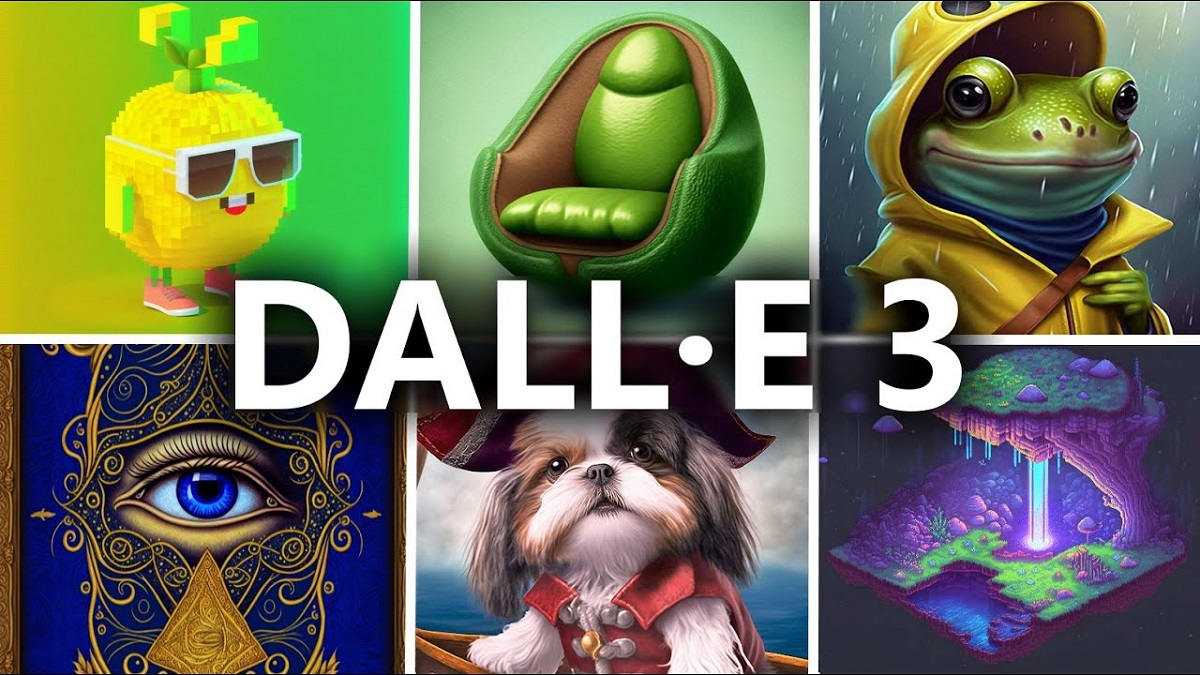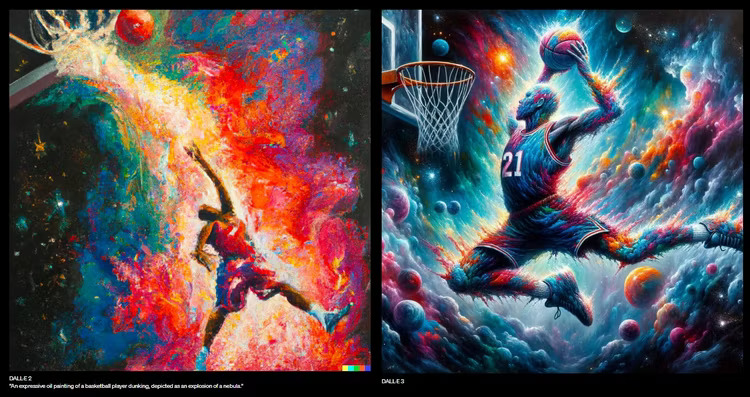Our main focus in this release is doing what's right.
The generative AI era has brought up a lot of debates and worries, especially when it comes to making pictures. Tools like Stable Diffusion and DALL-E use a bunch of human-made art as a reference, but some of this art was used without asking the artists first. OpenAI just released a new version of DALL-E called DALL-E 3, and they're trying to do better at making images while also being respectful to the artists.
One big improvement in DALL-E 3 is that you don't have to be a genius at giving it instructions. You can just tell it what you want, and it should try to follow your words better. Even if you give it the same instructions as before, DALL-E 3 should give you nicer pictures. Before, DALL-E wasn't as good-looking as some other AIs like Stable Diffusion and Midjourney, but now it should be a bit closer in quality, even if it doesn't quite catch up completely. So, you should be able to get better pictures more often.
One of the main goals for DALL-E 3 is to make sure it doesn't create harmful images. Sometimes, AI that generates pictures can cause problems. For example, a company called Stability AI is in trouble because they made an AI called Stable Diffusion that might have used pictures without permission. They are even being sued by Getty Images for this. Also, there's another lawsuit where three artists say that the AI used their work without their permission and broke copyright laws.
So, with DALL-E 3, we're going to say no to requests that ask for pictures of famous people by name. We're also going to say no to requests that want pictures in the style of artists who are still alive. But it's not going to be perfect, and some people might still find ways to get around these rules, like they have in the past.
Starting in October, DALL-E 3 will be available for ChatGPT Plus and Enterprise users, so you'll be able to try it out soon.
Source: OpenAI



Post a Comment